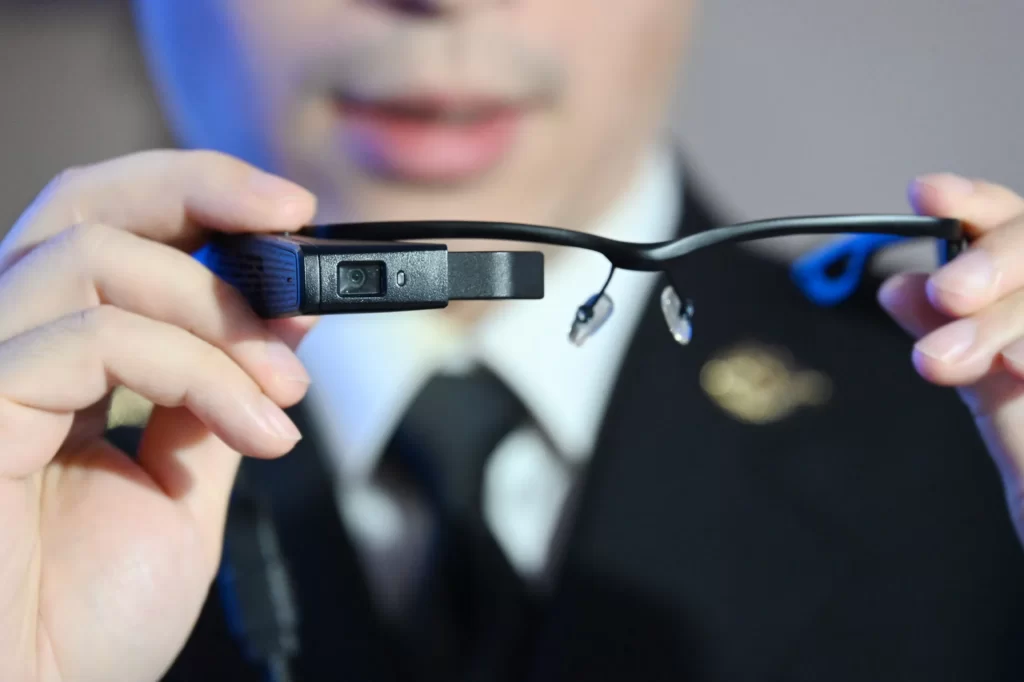Some tech enthusiasts argue that smartphones have hit their peak and that there is little room for further improvement in their current form. While this may be partly true due to the lack of significant breakthrough innovations in recent years, the focus is now shifting towards mixed-reality headsets as the next big thing in computing.
Although mixed reality headsets have been around for some time, they gained widespread attention with the unveiling of Apple’s Vision Pro headset in June. These devices combine the virtual and real worlds, offering a seamless experience that can perform all the functions of a smartphone without the need to constantly look at a screen. In this article, we will explore the concept of mixed reality and why it is considered the future of computing.

The term “mixed reality” was coined in a 1994 research paper by Paul Milgram and Fumio Kishino titled “A Taxonomy of Mixed Reality Visual Displays.” They introduced the idea of a virtuality continuum and how different types of visual displays can blend elements of the real and virtual worlds. This concept laid the foundation for modern mixed reality headsets, which merge the best features of virtual reality and augmented reality to create a natural and immersive experience where users can interact with both physical and digital environments.
Imagine wearing a headset that scans your surroundings and projects realistic 3D holograms onto them. With mixed reality headsets, you can play games with virtual characters, learn new skills through interactive tutorials, or collaborate with others on creative projects. Moreover, the auditory experience is also a crucial aspect, with spatial sound matching the direction and distance of the objects you see, providing an unparalleled level of immersion.
All of this has become possible due to advancements in computer vision, graphical processing, display technologies, input systems, and cloud computing over the past few decades. Mixed reality headsets utilize AI sensors, cameras, CPUs, and GPUs to process and store data in three dimensions, allowing for a truly immersive experience.

To understand how mixed reality works, it is important to grasp the concept of the mixed reality spectrum. This spectrum describes how the physical and digital worlds can be blended in different ways to create immersive experiences. At one end, there is physical reality, where we interact with tangible objects and environments. At the other end, there is digital reality, where we are fully immersed in a virtual world. In between, there are various degrees of mixing physical and digital elements, such as overlaying holograms on the real world or seamlessly blending real and virtual environments.
A notable example of how these headsets blend realities is seen in the Vision Pro headset’s integration of apps with the environment. Users can effortlessly navigate through various options by simply gesturing with their hands and selecting their desired app by tapping their fingers together, all while maintaining awareness of their surroundings.
